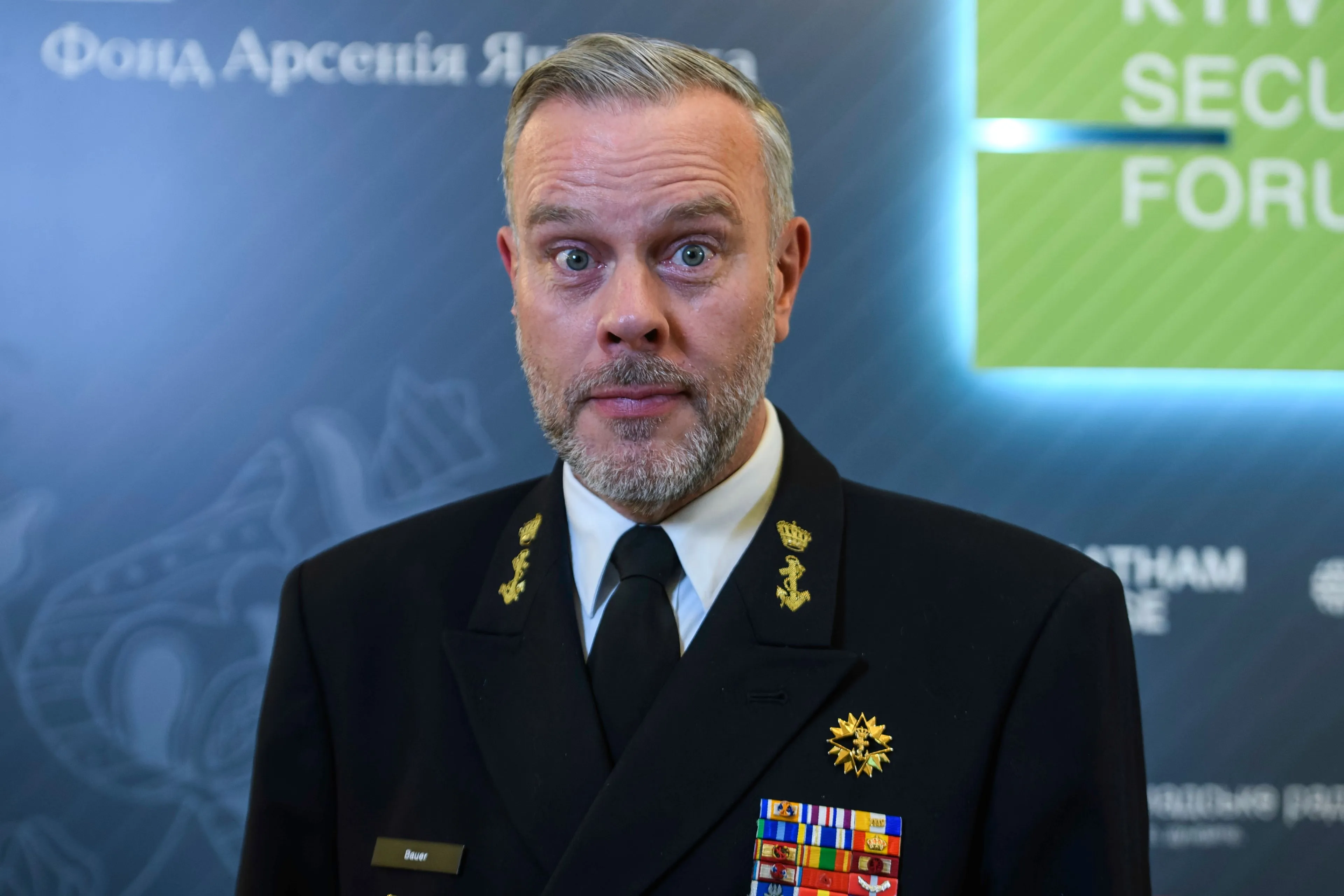Evaluatie klimaatconferentie Cancun

In een eerste reactie via Twitter noemt staatssecretaris Joop Atsma (Milieu) de uitkomst van de klimaattop in Mexico ,,geslaagd''. Atsma heeft namens Nederland deelgenomen aan de onderhandelingen in Cancún. Atsma: ,,Het akkoord wordt breed gedragen, ook door de VS en China. De belangrijkste conclusies zijn dat de afspraken van Kopenhagen nu verankerd zijn, er een klimaatfonds komt en dat ontbossing wordt aangepakt."
The United Nation's climate change conference here in Cancun came to an end at around 4 a.m. this morning. It would be cynical to call it a bribe, but the Cancun agreements were largely reached because the rich countries continued their vague promises to hand over $100 billion in climate aid annually to poor countries beginning in 2020.
Basically the deal on emissions is that countries will agree to agree on cuts at the next climate change conference in Durban. Big developing country emitters like China and India still refused to agree to any legally binding limits on their emissions. Of course, neither did the developed countries. .The spinning has begun. The AP reports the Union of Concerned Scientists representative Alden Meyer as saying that it "wasn't enough to save the climate, but it did restore the credibility of the United Nations as a forum where progress can be made." Chief U.S. climate negotiator Todd Stern declared, "What we have now is a text that, while not perfect, is certainly a good basis for moving forward." And Greenpeace's Windel Trio said that the deal "goes beyond what we expected when we came here."
(1) As far as I can tell, the COP has indeed kicked the Cancun down the road by agreeing that they "shall aim to complete" further commitments by rich countries to cut greenhouse gas emissions "as early as possible." They do include the saving phrase "and in time to ensure that there is no gap between the first and second commitment period." Translation: Additional cuts should be agreed to before 2012. The telling words are "shall aim to complete." No real promises here.
(2) The shared vision says that the parties set the goal of cutting greenhouse gas emissions "so as to hold the increase in global average temperature below 2 degrees Celsius above pre-industrial levels...." The parties will think about trying to hold average temperature increase to 1.5 later after further scientific review in 2015.
(3) The shared vision drops the earlier text that would have required that the world cut greenhouse gas emissions by 50 percent and that developed countries cut their emissions by 80-95 percent by 2050. Instead, the parties will "work towards identifying a global goal for substantially reducing global emissions by 2050" and consider it at the next meeting in Durban.
(4) The shared vision also drops the proposal that global greenhouse gases should peak by 2015.
(5) The text also sets up a process for creating a system for accounting and monitoring of greenhouse gas emissions from developed countries. As far as I can tell from reading the rather opaque text, the U.S. has not been roped into a process that leads to legally binding emissions reduction commitments.
(6) China, India and other emerging countries also have not been roped into legally binding commitments, but if they take mitigation actions that are supported by outside money, those activities will be subject to some kind of international auditing. On the other, the world will have take their words for their domestically funded activities.
(7) The text also says that the parties decide to establish a Green Climate Fund under the authority of the Conference of the Parties with a board of directors consisting of 24 members, half of whom will be from rich countries and half from poor countries. The developed country parties commit to "mobilizing jointly USD 100 billion per year by 2020 to address the needs of developing countries."




